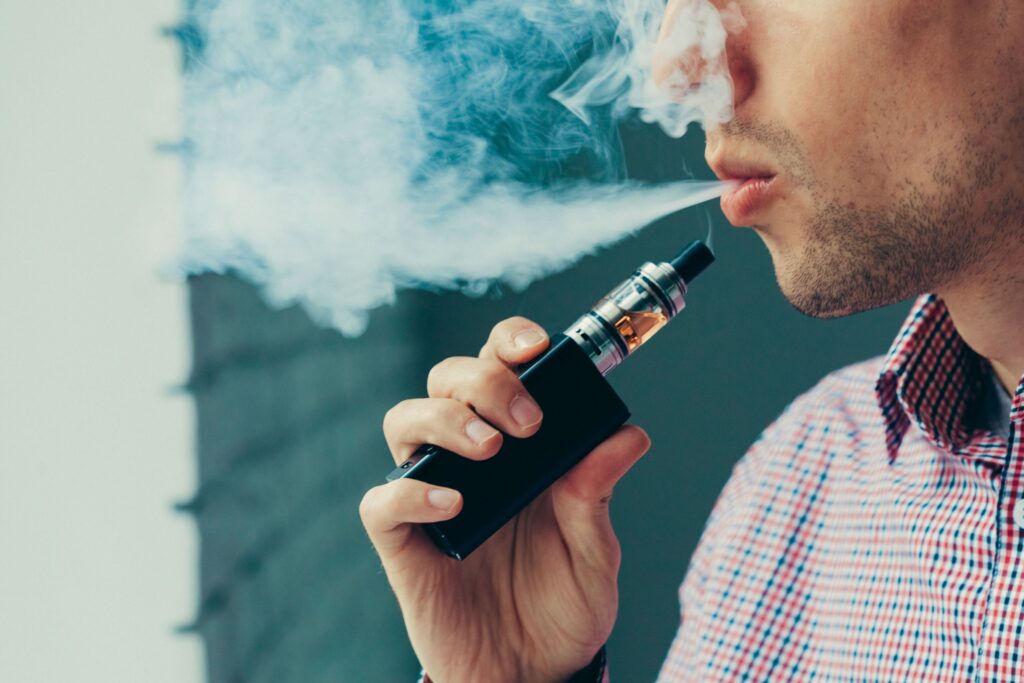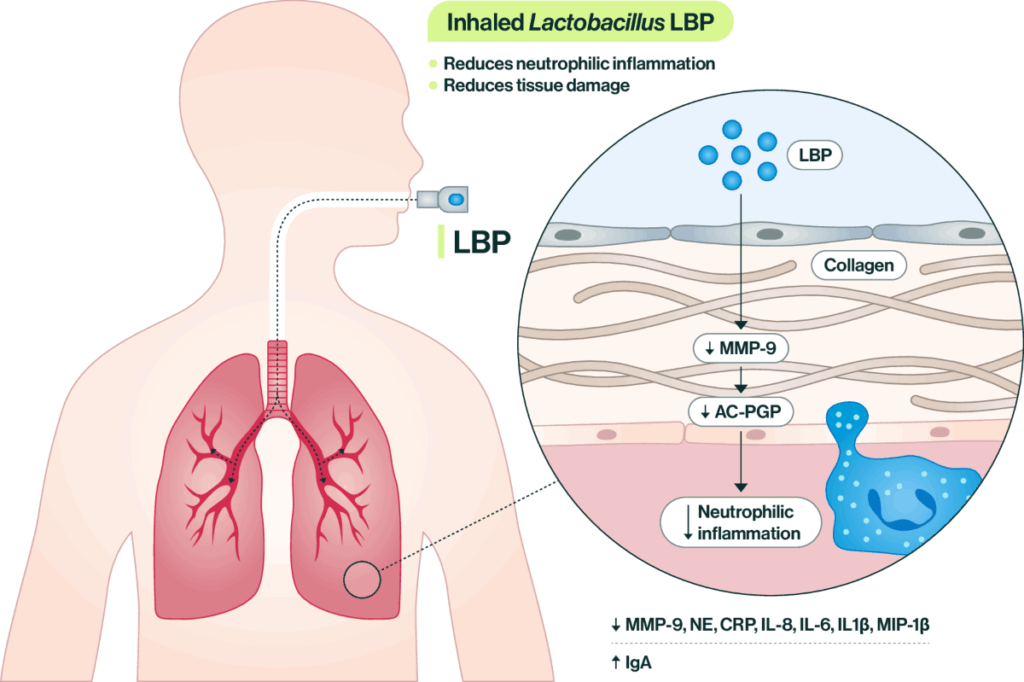How Did Diacetyl Make its Way into Vapes?

In the years following the popcorn factory incidents, diacetyl was removed from many food products. However, with the rise of vape culture in the 2010s, it made an unexpected comeback.
Flavored e-cigarettes use complex chemical blends to simulate tastes like mango, cotton candy, caramel, and mint. Diacetyl, being an effective flavoring compound, was reintroduced into these formulas—this time to be inhaled rather than eaten.
This is where the real danger begins.
Inhalation vs Ingestion: Why Inhaling Diacetyl Is More Dangerous

While diacetyl is considered safe to ingest in small amounts (as in food flavoring), inhaling the chemical aerosolized at high temperatures is vastly more harmful. Heating diacetyl causes it to vaporize into tiny particles that can settle deep into the bronchioles, triggering inflammation, fibrosis (scarring), and eventual obliteration of lung tissue.
This direct pathway into the lungs bypasses the digestive system’s protective barriers, exposing lung tissue to a concentrated dose of toxic compounds.
How Did Diacetyl Make its Way into Vapes?

In the years following the popcorn factory incidents, diacetyl was removed from many food products. However, with the rise of vape culture in the 2010s, it made an unexpected comeback.
Flavored e-cigarettes use complex chemical blends to simulate tastes like mango, cotton candy, caramel, and mint. Diacetyl, being an effective flavoring compound, was reintroduced into these formulas—this time to be inhaled rather than eaten.
This is where the real danger begins.
Inhalation vs Ingestion: Why Inhaling Diacetyl Is More Dangerous

While diacetyl is considered safe to ingest in small amounts (as in food flavoring), inhaling the chemical aerosolized at high temperatures is vastly more harmful. Heating diacetyl causes it to vaporize into tiny particles that can settle deep into the bronchioles, triggering inflammation, fibrosis (scarring), and eventual obliteration of lung tissue.
This direct pathway into the lungs bypasses the digestive system’s protective barriers, exposing lung tissue to a concentrated dose of toxic compounds.






